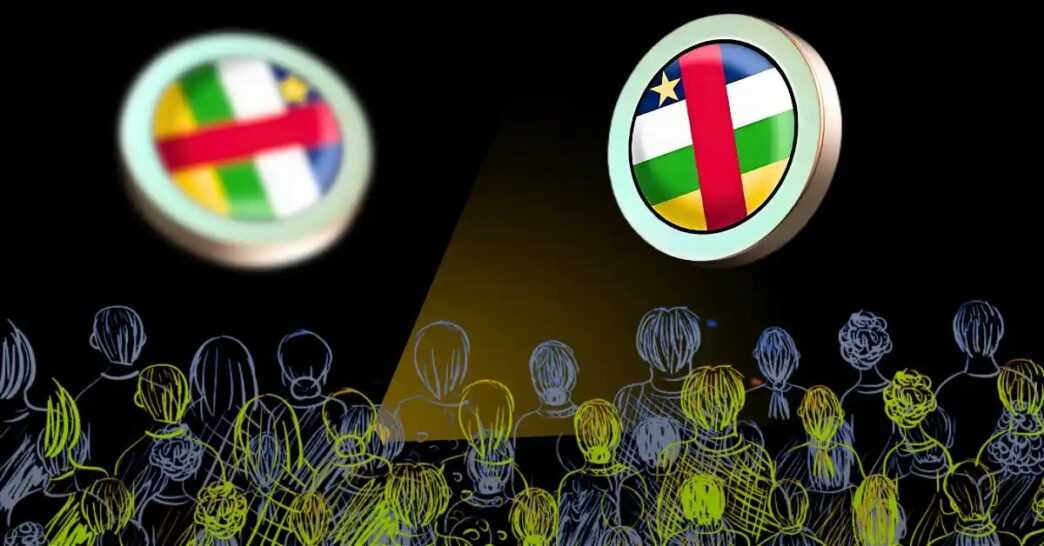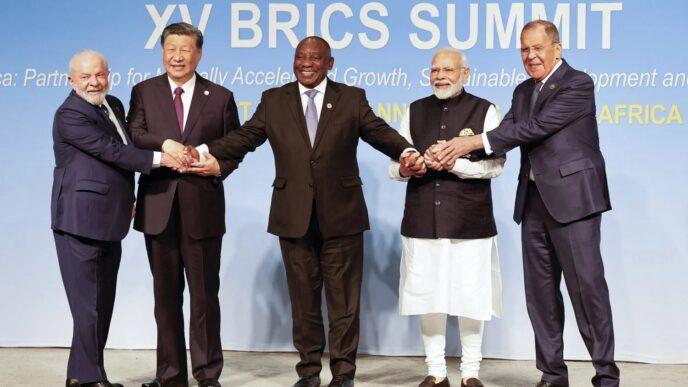The Central African Republic introduces $CAR, a meme coin initiative aimed at uniting citizens and enhancing the nation’s global presence.
In a bold move to enhance its global standing, the Central African Republic (CAR) has unveiled a new cryptocurrency, $CAR, marking its latest venture into the digital currency landscape.
CAR’s Foray into Meme Coins
On February 9, 2025, President Faustin-Archange Touadéra announced the launch of $CAR, a meme coin designed to “unite people, support national development, and put the Central African Republic on the world stage in a unique way.”
This initiative comes nearly three years after CAR became the first African nation to adopt Bitcoin as legal tender, signaling its commitment to integrating cryptocurrency into its economic framework.
Understanding Meme Coins
Meme coins are cryptocurrencies inspired by internet memes or trends. While often created as jokes, some have gained significant market value and attention. However, they are typically characterized by high volatility and limited practical applications.
$CAR’s Market Performance
As of February 10, 2025, $CAR was trading at $0.22, reflecting the inherent volatility of meme coins.
Challenges and Aspirations
Despite its wealth in natural resources like gold and diamonds, the Central African Republic remains one of the world’s poorest countries, grappling with ongoing rebel violence and economic challenges. The introduction of $CAR aims to leverage the global interest in cryptocurrencies to foster unity and development within the nation.
Global Context
The launch of $CAR follows a global trend where figures like former U.S. President Donald Trump have introduced their own meme coins, such as $Trump, which experienced rapid market fluctuations.
The Central African Republic’s introduction of the $CAR meme coin represents an innovative attempt to harness the power of digital currencies for national development. As the nation ventures further into the cryptocurrency realm, the world watches closely to see how this experiment unfolds and its potential implications for CAR’s future.














